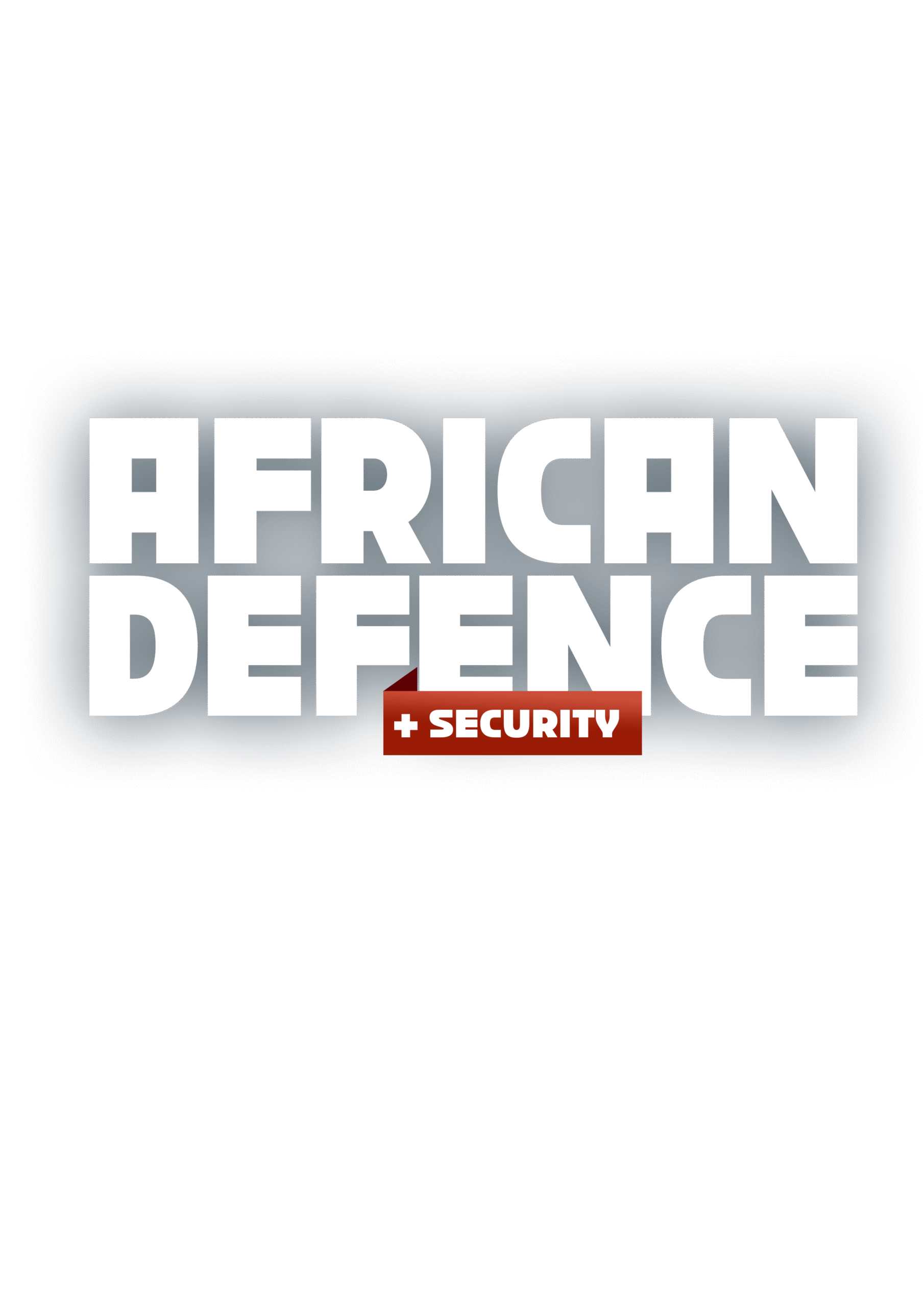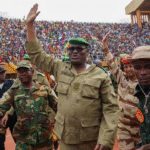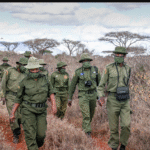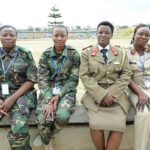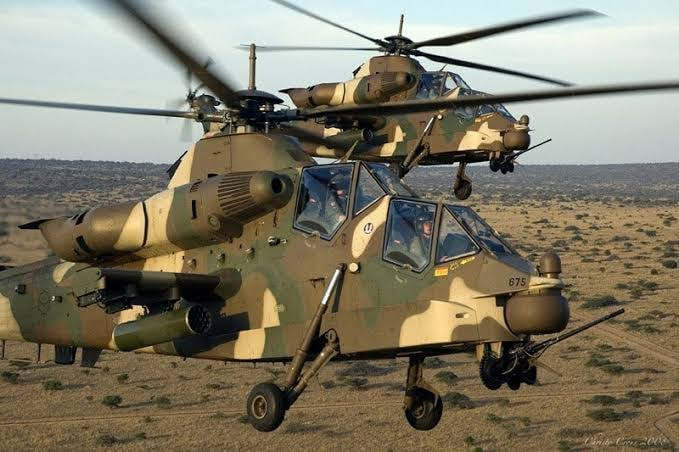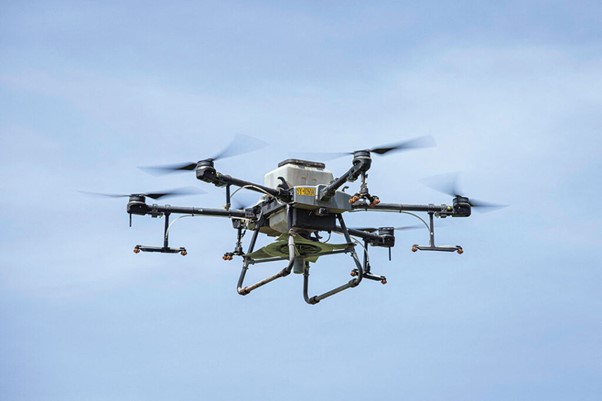Air-to-Ground Support Operations in Asymmetric Warfare
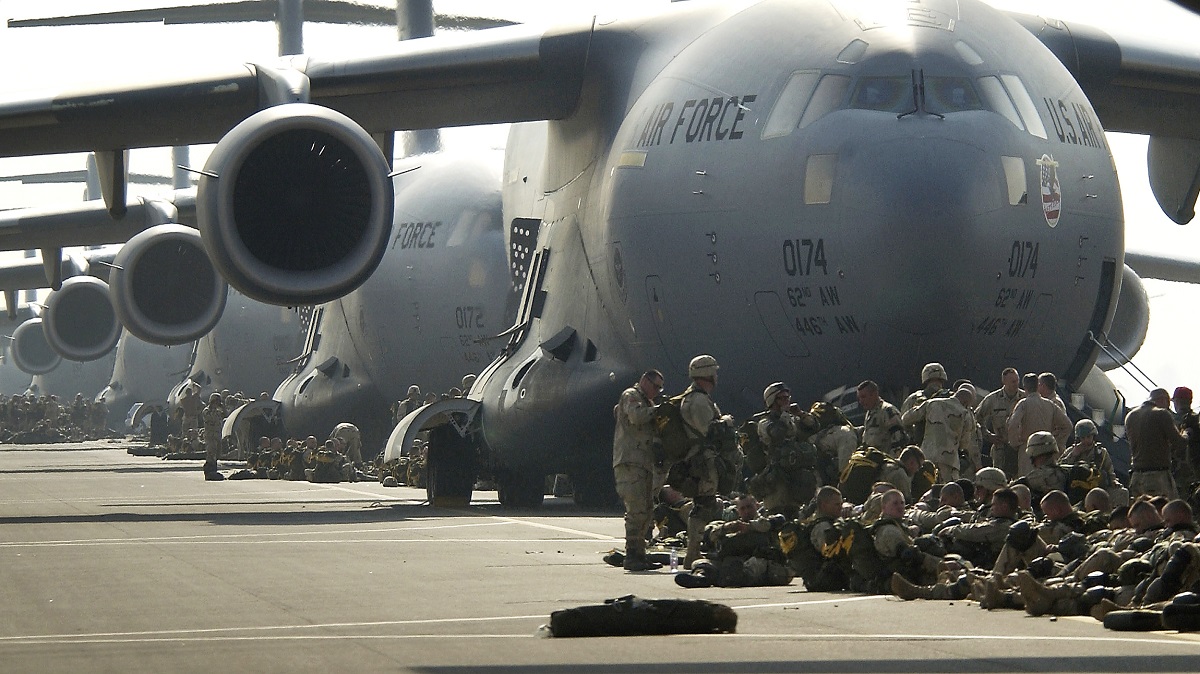
The decisive blows in today’s African conflict zones are often struck not by massed armies in conventional battles, but by small, mobile forces exploiting terrain, surprise, and local knowledge. These are the hallmarks of asymmetric warfare—conflicts where non-state actors, insurgents, and guerrilla forces confront state militaries. In such environments, air-to-ground support operations have emerged as one of the most critical tools for tipping the balance in favour of government and allied forces.
From the Sahel’s counterterrorism campaigns to coastal anti-piracy missions and urban counterinsurgency in Somalia, African air forces are increasingly relied upon to provide precision strikes, reconnaissance, and close support to ground troops. This shift reflects both the continent’s evolving threat landscape and the growing capabilities of its air arms.
Asymmetric warfare thrives in Africa’s vast and often ungoverned spaces: the deserts of Mali and Niger, the forests of the Democratic Republic of Congo, the savannahs of northern Nigeria, and the littoral zones of Mozambique’s Cabo Delgado province. Non-state armed groups—from jihadist movements to separatist militias—exploit mobility, concealment, and the absence of fixed frontlines.
These adversaries rarely present themselves as concentrated targets. Instead, they blend with civilian populations, disperse into difficult terrain, and rely on hit-and-run tactics. This makes conventional ground offensives risky, time-consuming, and often inconclusive.
Air-to-ground support—whether in the form of armed helicopters, strike aircraft, or unmanned aerial systems—offers a means to locate, fix, and strike such elusive threats without exposing large numbers of soldiers to ambush.
Air-to-ground support in Africa has a history stretching back to the anti-insurgency campaigns of the colonial era. Rhodesian Air Force Alouette III helicopters were used extensively in “fireforce” operations during the Bush War of the 1970s, combining troop insertion with close fire support.
Post-independence, African air forces initially focused on conventional warfare doctrines, but repeated encounters with insurgencies forced adaptation. The Nigerian Air Force’s use of Alpha Jets and later Super Tucanos against Boko Haram is a modern example of this evolution. In Somalia, Ugandan and Kenyan pilots have used both fixed-wing and rotary platforms to support African Union forces in urban combat and rural counterterrorism sweeps.
Platforms and Capabilities
African militaries employ a variety of platforms for air-to-ground roles, tailored to their budgets, terrain, and operational needs:
- Attack Helicopters: South Africa’s Rooivalk, Egypt’s AH-64 Apache, and Nigeria’s Mi-35M have been used for close air support, convoy escort, and armed reconnaissance. Helicopters excel at hovering over targets, delivering precision fire, and operating in rugged environments.
- Light Attack Aircraft: The A-29 Super Tucano, in service with Nigeria and Mali, combines endurance, affordability, and the ability to carry guided munitions. It is particularly effective in low-intensity conflicts where high-performance jets are impractical.
- Unmanned Aerial Systems (UAS): Drones such as the Chinese-made CH-4 and Wing Loong II, operated by Algeria, Egypt, Morocco, and Nigeria, provide persistent surveillance and strike capability with reduced risk to pilots.
- Multirole Jets: While less common for counterinsurgency, aircraft like Sudan’s Su-25 or Egypt’s F-16 can deliver heavy ordnance when required, though at higher operational costs.
Coordination with Ground Forces
The effectiveness of air-to-ground support hinges on coordination with ground units. Forward air controllers (FACs) and joint terminal attack controllers (JTACs) are crucial for directing strikes, avoiding friendly fire, and ensuring compliance with rules of engagement.
In Mali, French Operation Barkhane forces have trained regional counterparts in air-ground integration, enabling Malian, Nigerien, and Chadian units to call in precision strikes from both manned aircraft and drones. Similarly, in the fight against Al-Shabaab, the African Union Transition Mission in Somalia (ATMIS) has embedded air liaison officers to synchronise helicopter gunship attacks with infantry manoeuvres.
Challenges in African Theatres
Despite progress, African air-to-ground operations face significant obstacles:
- Intelligence Gaps – Accurate targeting in asymmetric warfare demands real-time intelligence, yet surveillance assets remain limited in many countries. Without precise information, airstrikes risk civilian casualties, undermining legitimacy.
- Maintenance and Logistics – Many African air forces operate ageing fleets. Keeping aircraft mission-ready in harsh environments requires spare parts supply chains, skilled technicians, and adequate funding.
- Training – Skilled pilots, FACs, and maintenance crews are essential. Inadequate training can lead to operational mishaps or reduced mission effectiveness.
- Political and Legal Constraints – Airstrikes that cause collateral damage can trigger political backlash domestically and internationally, especially when fighting insurgencies among civilian populations.
- Weather and Terrain – Africa’s varied geography—from desert dust storms to dense equatorial forests—can limit visibility and complicate targeting.
Lessons from Recent Campaigns
- Nigeria vs. Boko Haram/ISWAP: The introduction of A-29 Super Tucanos in 2021 brought improved precision-guided capabilities. However, reports emphasised the need for better ground coordination to maximise impact.
- Mozambique’s Cabo Delgado Insurgency: With Rwandan Defence Forces providing helicopter support, air-to-ground coordination has been credited with breaking insurgent strongholds along the coast.
- Sahel Counterterrorism: Joint forces, supported by French and now European Union assets, have demonstrated how combining persistent drone surveillance with rapid airstrike capability can disrupt militant supply lines.
The Role of Technology
Advances in targeting pods, precision-guided munitions, and secure communication links are transforming African air-to-ground capabilities. Even modestly equipped air forces can now employ laser-guided bombs or GPS-enabled munitions, reducing collateral damage and increasing mission success rates.
Artificial intelligence (AI) is also entering the arena, with AI-assisted image recognition improving target identification in drone surveillance footage—a key advantage in distinguishing combatants from civilians in asymmetric battlefields.
The Human Factor
Technology alone does not win asymmetric conflicts. Successful air-to-ground operations depend on disciplined pilots, trained ground spotters, and commanders who can integrate airpower into broader counterinsurgency strategies. The best results come when airstrikes are part of a combined arms approach—working alongside ground sweeps, intelligence operations, and community engagement to undermine insurgent influence.
African militaries are likely to deepen their reliance on air-to-ground support as insurgent threats persist. Trends to watch include:
- Regional Airpower Sharing: Pooling air assets among neighbouring states to cover large operational areas.
- Increased Drone Integration: Lower costs and persistent surveillance make drones attractive for both reconnaissance and strike roles.
- Specialised Training Schools: Establishing continental or regional centres to train FACs, pilots, and mission planners specifically for asymmetric warfare.
The African Union’s ongoing discussions on a continental rapid deployment force could also include a dedicated air support wing, ensuring airpower is readily available wherever insurgent threats emerge.
Air-to-ground support has become a decisive factor in Africa’s asymmetric wars, bridging the gap between intelligence gathering and ground force action. In theatres where insurgents exploit mobility, concealment, and civilian cover, airpower provides the reach, speed, and precision needed to neutralise threats.
Yet its effectiveness rests on more than aircraft and munitions—it depends on intelligence, training, coordination, and political will. As African states continue to modernise their air forces and refine their operational doctrines, the integration of air-to-ground support into counterinsurgency campaigns will remain at the forefront of both tactical success and strategic stability.
King Richard Igimoh, Group Editor ALO
King Richard Igimoh, Group Editor African Leadership Organisation is an award-winning journalist, editor, and publisher with over two decades of expertise in political, defence, and international affairs reporting. As Group Editor of the African Leadership Organisation—publishers of African Leadership Magazine, African Defence & Security Magazine, and Africa Projects Magazine—he delivers incisive coverage that amplifies Africa’s voice in global security, policy, and leadership discourse. He provides frontline editorial coverage of high-profile international events, including the ALM Persons of the Year, the African Summit, and the African Business and Leadership Awards (ABLA) in London, as well as the International Forum for African and Caribbean Leadership (IFAL) in New York City during the United Nations General Assembly.
Recent Posts
Categories
- Air & Aerospace15
- Border Security14
- Civil Security3
- Civil Wars4
- Crisis4
- Cyber Security4
- Defense15
- Diplomacy17
- Entrepreneurship1
- Events5
- Global Security Watch6
- Industry6
- Land & Army7
- Leadership & Training3
- Military Aviation2
- Military History27
- Military Speeches1
- Naval & Maritime8
- Resources1
- Security12
- Special Forces1
- Systems And Technology8
- Tech6
- Uncategorized3
- UNSC1
- Veterans6
- Women in Defence9
Related Articles
AFRICAN AIR FORCES RISE TO THE FOREFRONT IN COUNTERTERRORISM OPERATIONS
Across the vast and volatile regions of Africa, air forces once limited...
ByKing Richard Igimoh, Group Editor ALONovember 21, 2025THE SPACE RACE: AFRICA’S EMERGING AEROSPACE PROGRAMMES
Africa’s skies are no longer just a backdrop to other powers’ ambitions...
ByKing Richard Igimoh, Group Editor ALOOctober 6, 2025MILITARY HELICOPTERS IN AFRICAN OPERATIONS
Military helicopters have become important assets in African operations, offering unmatched versatility...
ByKing Richard Igimoh, Group Editor ALOSeptember 23, 2025UNMANNED AERIAL SYSTEMS: GAME CHANGERS IN AFRICAN CONFLICTS
In Africa’s conflict zones where rugged terrain once served as cover for ...
ByKing Richard Igimoh, Group Editor ALOSeptember 15, 2025
